Fernandina Beach, located on Amelia Island in Florida, is not only known for its stunning coastal beauty but also for its role in bringing the whimsical world of Pippi Longstocking to the screen. The 1988 film “The New Adventures of Pippi Longstocking” featured scenes filmed in this charming town, particularly in its historic districts. Here’s a deeper dive into Fernandina Beach and what makes it a standout destination.
Villa Kunterbunt and Fernandina Beach
Villa Kunterbunt, the eccentric home of Pippi Longstocking, captures the imagination with its vibrant colors and fantastical design. For the film adaptation, the producers sought out locations that could replicate the magical and nostalgic feel of Pippi’s home. Old Town Fernandina Beach and Fernandina Plaza Historic State Park proved to be ideal, with their rich historical and visual appeal providing a perfect setting for Pippi’s adventures.
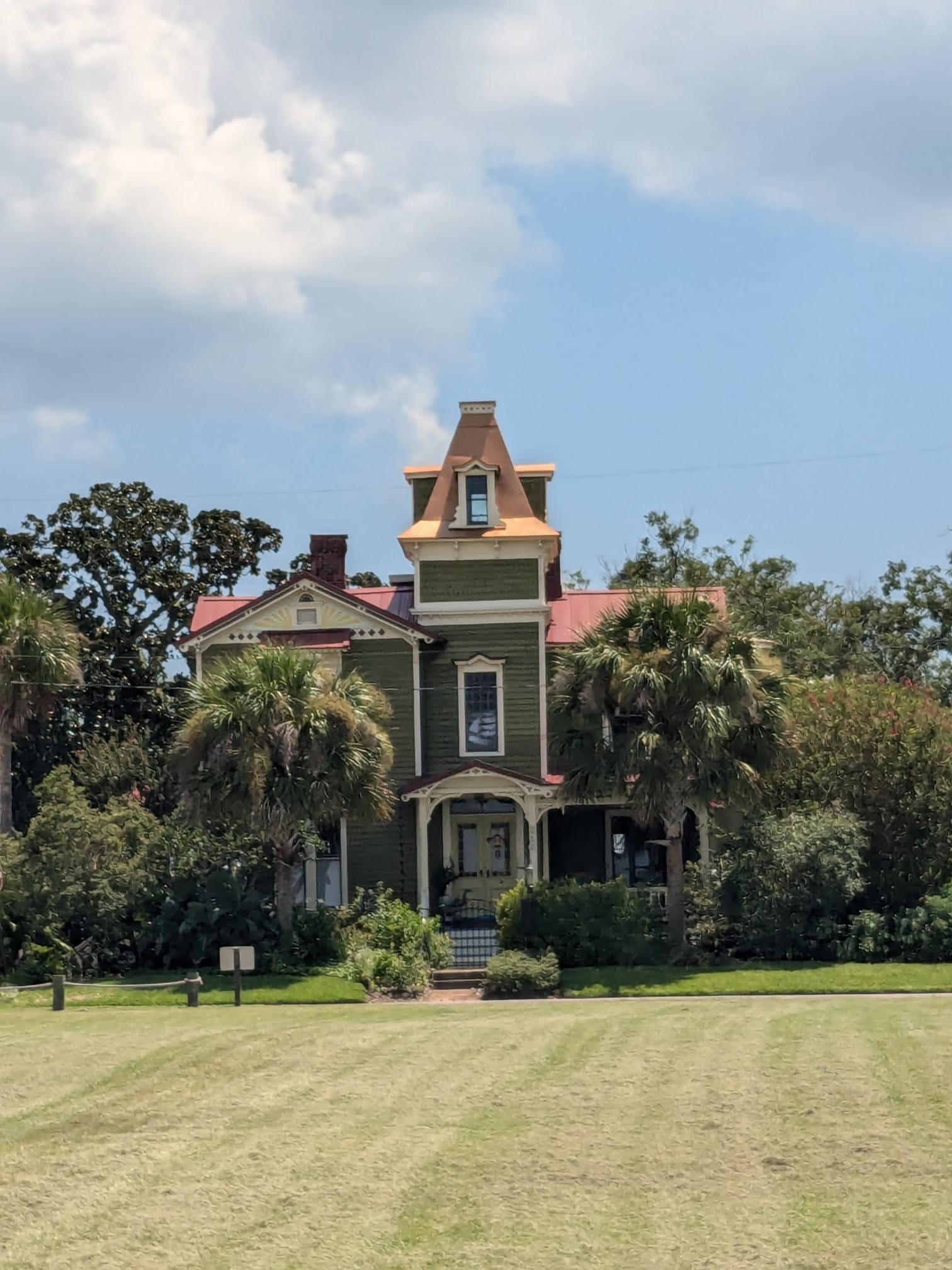
Old Town in Fernandina Beach is a beautifully preserved historic district. Its cobblestone streets and Victorian-era buildings create an enchanting atmosphere that feels straight out of a storybook. Fernandina Plaza Historic State Park, located next to Old Town, complements this with its lush green spaces and historic structures, offering a scenic backdrop that perfectly captured the whimsical spirit of Pippi’s world.
What is Pippi Longstocking?
Pippi Longstocking, created by Swedish author Astrid Lindgren, is one of the most beloved characters in children’s literature. Introduced in 1945, Pippi is known for her extraordinary strength, boundless imagination, and independent spirit. She lives in the colorful and eccentric Villa Kunterbunt with her horse and monkey, embarking on a series of adventurous escapades that often challenge social norms and conventions. Pippi’s stories are characterized by their humor, whimsy, and a strong sense of individualism.
The importance of Pippi Longstocking lies in her role as a pioneer of unconventional female characters in children’s literature. She represents freedom, bravery, and a rejection of traditional gender roles, inspiring children to embrace their uniqueness and question societal expectations. Her adventures are not just entertaining but also convey valuable lessons about self-reliance, friendship, and the joy of imagination.
Fun Facts About Fernandina Beach
- Historic Significance: Fernandina Beach boasts a storied past, making it one of Florida’s most historically significant towns. Founded in 1562 by Spanish explorer Pedro Menéndez de Avilés, it is one of the oldest continuously inhabited European settlements in the United States. The town has seen a fascinating mix of Spanish, French, and British influences before becoming part of the U.S. in the early 19th century. Its rich history is evident in its preserved architecture and cultural landmarks.
- Cultural Heritage: Fernandina Beach is known for its vibrant cultural scene and community events. One of the most famous is the Isle of Eight Flags Shrimp Festival, held annually to celebrate the town’s maritime heritage and the shrimping industry that has been a cornerstone of its economy. This festival is a lively event featuring arts and crafts, live music, and, of course, delicious shrimp dishes, reflecting the town’s deep connection to its seafaring past.
- Architectural Charm: The architectural diversity of Fernandina Beach is one of its most striking features. The historic district showcases a variety of architectural styles from the 19th century, including Victorian, Queen Anne, and Classical Revival. These beautifully preserved buildings not only enhance the town’s aesthetic appeal but also provide a glimpse into its past, making it a delight for history buffs and architecture enthusiasts.
- Natural Beauty: Beyond its historical allure, Fernandina Beach is renowned for its natural beauty. The town features miles of pristine, sandy beaches along Amelia Island, offering a perfect escape for beachgoers and outdoor enthusiasts. Visitors can enjoy sunbathing, swimming, or taking leisurely strolls along the shore. The area also provides ample opportunities for activities such as kayaking, paddleboarding, and fishing in its serene coastal waters.
- Local Wildlife: Nature lovers will appreciate the diverse wildlife found in and around Fernandina Beach. The nearby Egans Creek Greenway is a treasure trove of natural beauty and wildlife. This scenic trail system offers an opportunity to observe local bird species, such as herons and egrets, as well as the occasional alligator. The Greenway’s trails wind through lush wetlands and salt marshes, making it a popular spot for hiking and nature photography.
- Historical Sites: Fernandina Beach is home to several significant historical sites that provide a deeper understanding of its past. The Amelia Island Museum of History offers engaging exhibits and educational programs about the local history and cultural heritage. Additionally, landmarks like the Fort Clinch State Park provide insights into the military history of the area, with its well-preserved 19th-century fortifications and reenactments that bring history to life.
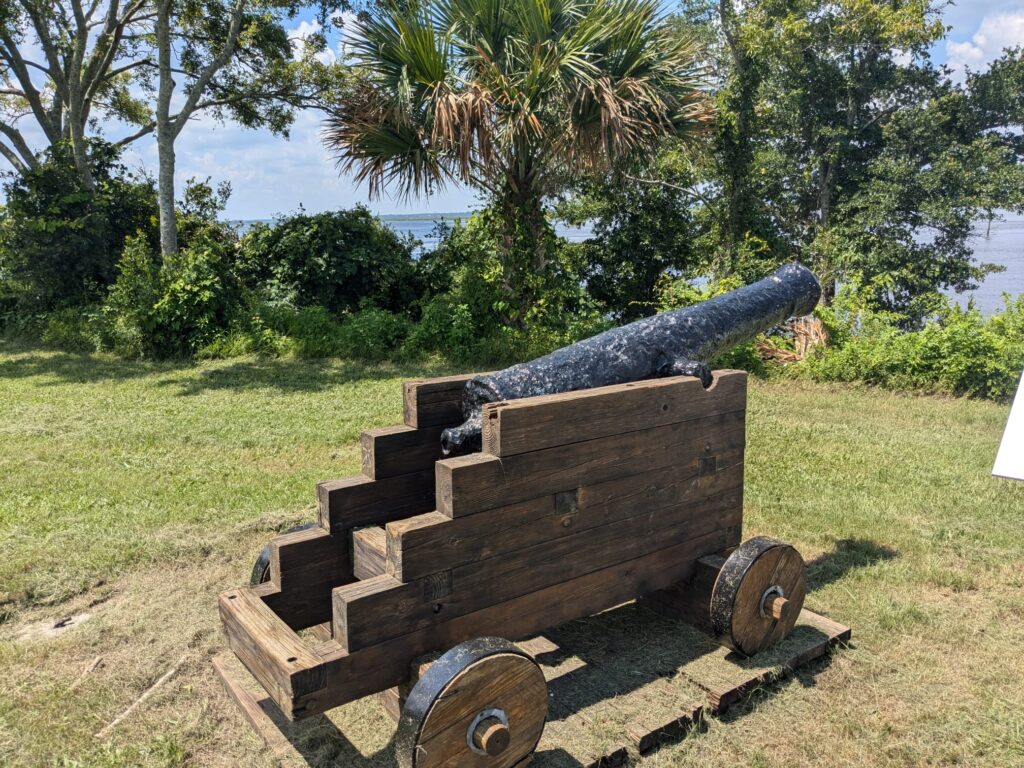
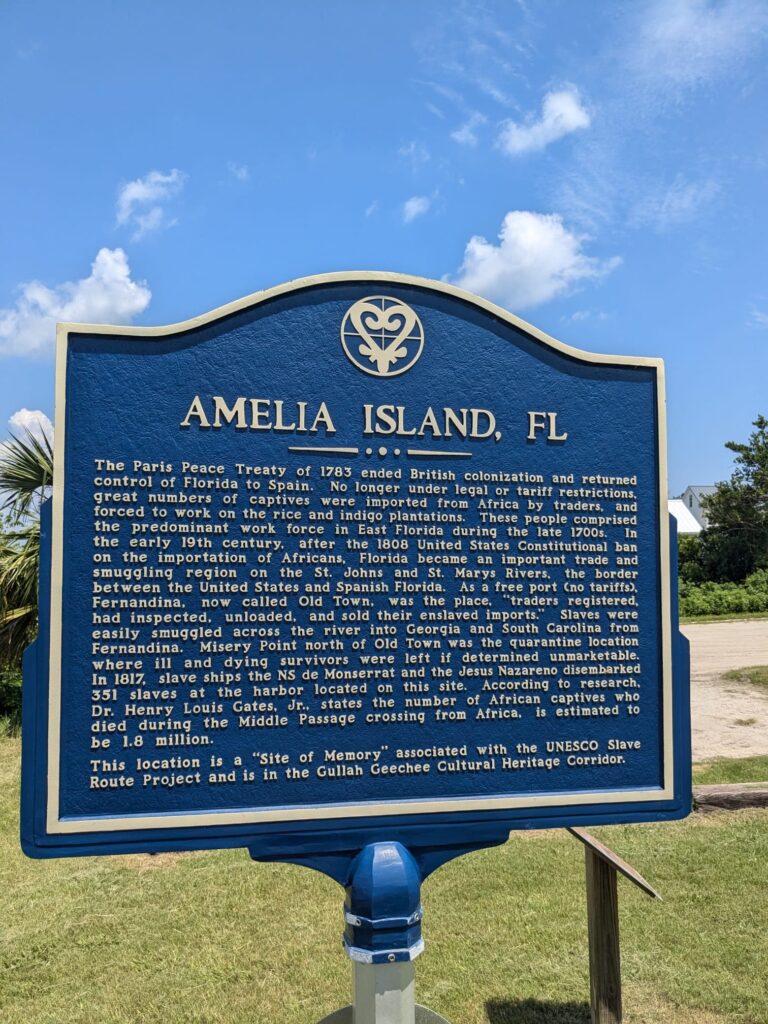
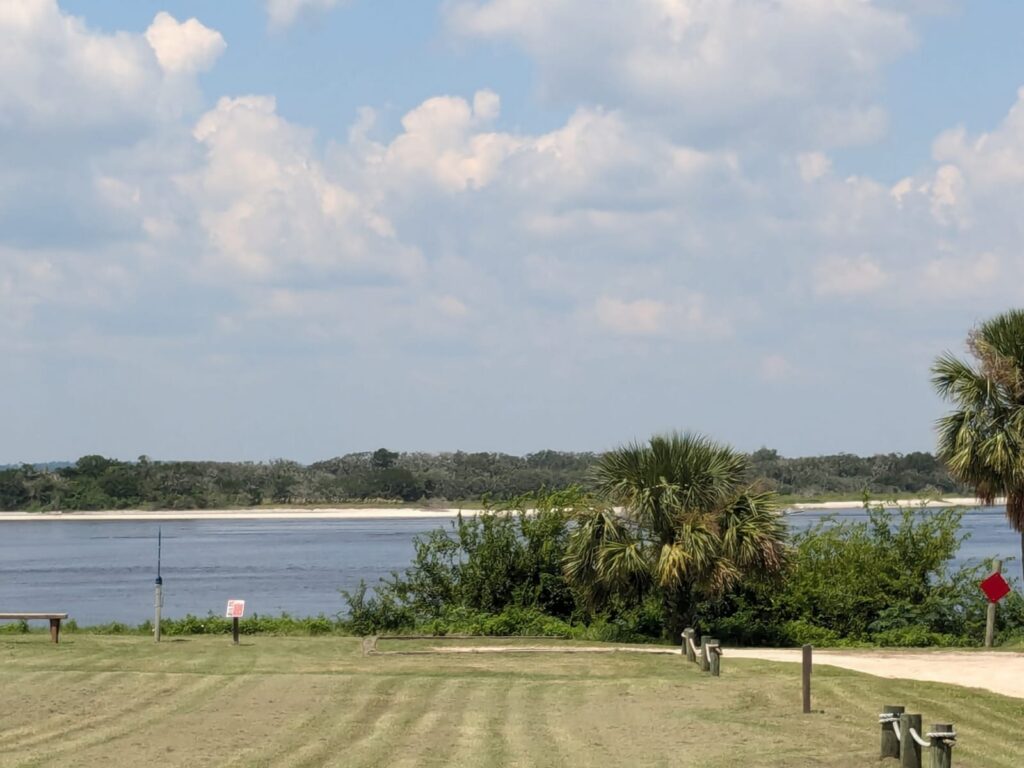
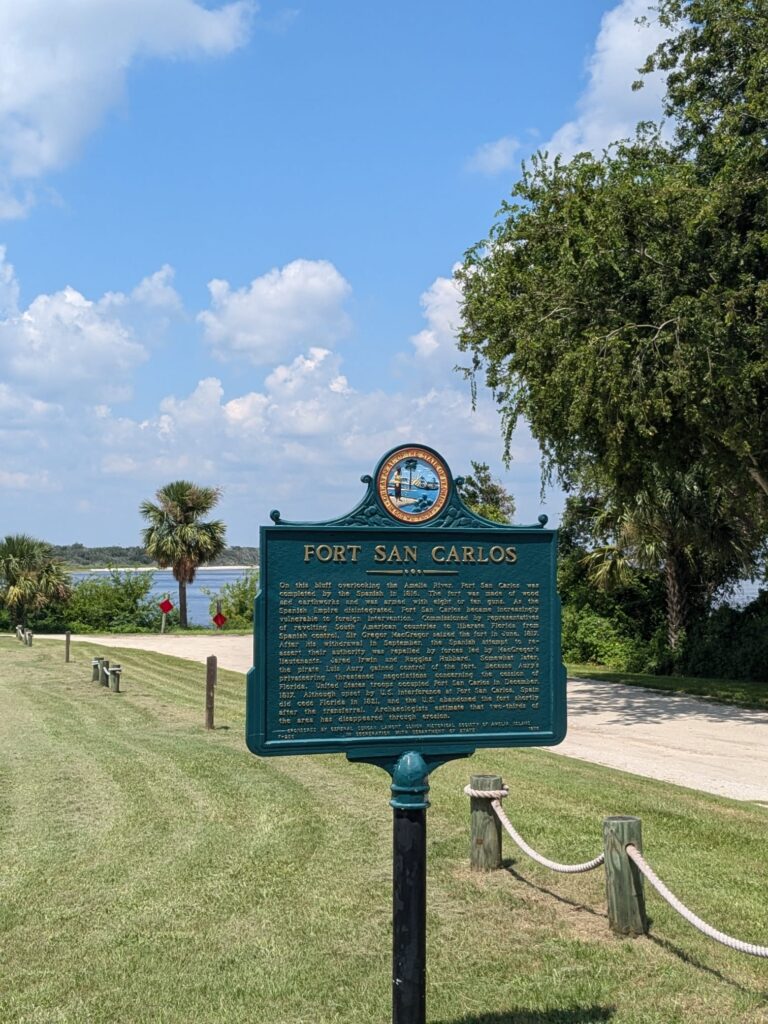
Other Important Landmarks
- The Palace Saloon: Known as Florida’s oldest bar, The Palace Saloon has been serving patrons since 1903. This historic watering hole is a staple of Fernandina Beach’s nightlife and offers a glimpse into the town’s social history.
- The Fernandina Beach Historic District: Listed on the National Register of Historic Places, this district encompasses a collection of beautifully preserved buildings from the late 19th and early 20th centuries. It provides a walking tour of the town’s architectural heritage.
- The Amelia Island Lighthouse: Standing since 1820, the Amelia Island Lighthouse is a historic maritime landmark that guides ships navigating the waters around Amelia Island. Its picturesque setting and rich history make it a popular spot for visitors.
- Fort Clinch State Park: In addition to its historical significance, Fort Clinch State Park offers a range of recreational activities, including hiking, biking, and fishing. The park’s pristine beaches and well-preserved fortifications make it a multifaceted destination.
- The Cumberland Island National Seashore: Accessible by ferry from Fernandina Beach, Cumberland Island is renowned for its natural beauty and wildlife. The island features undeveloped beaches, historic ruins, and wild horses, offering a serene escape from the mainland.
- The Amelia Island Museum of History: This museum not only explores the local history of Fernandina Beach but also offers engaging exhibits about the broader history of Amelia Island and its various cultural influences.
A Visit to the Filming Locations
For fans of Pippi Longstocking and history enthusiasts alike, visiting Fernandina Beach is a chance to explore the real-life settings that brought Pippi’s adventures to the screen. Walking through Old Town and Fernandina Plaza Historic State Park offers a tangible connection to the film’s magical atmosphere, while also providing a rich historical and cultural experience.
Whether you’re admiring the historic architecture, soaking in the natural beauty, or reliving moments from Pippi’s enchanting world, Fernandina Beach offers a unique blend of charm, history, and adventure that makes it a memorable destination.






